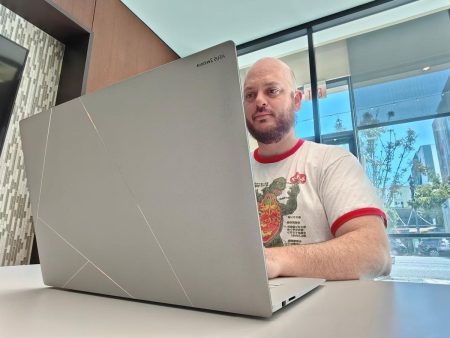Graphs turn data into visual images that make the information easier to see and interpret. But another way to share data is by turning the numbers into sound, for example to find new patterns in the data, to make it more accessible or just more engaging. Researchers recently surveyed a group of volunteers who listened to weather data as sounds to find out how different interpretations of data-as-sound changed people’s listening experience.
Data sonification is the process of converting data to sound patterns. There are different ways to do this. It can be as simple as a series of beeps and clicks, or as elaborate as a fully orchestrated symphony. But what kind of sound would be most engaging to listen to? To find out, researchers in Finland and the US explored how people responded to different methods of data sonification.
Any data can be sonified, but for this study they used data from Finnish weather records. The data was turned into three sets of sounds: one where data was represented as a melody, one where it was turned into chords and the last one as a rhythm. Within each set, the sonified data was presented as just plain sound, as sound with added timbre or as a more complex sound with added color and rhythm. So in total, there were nine possible sounds to listen to.
Volunteers were given some of these sounds in a random order and asked to rate some statements about it, such as “I was absorbed in my listening task” and “the content of the sounds incited my curiosity”.
After analyzing all the data, the researchers found some small differences in the way that people felt about the different sounds. For example, when data was presented as a rhythm, people were more focused while listening to plain sounds than to more complex sounds. But if they were listening to data that was translated to melodies, they found the sound more pleasing if it had complex tones.
Why does it matter how people perceive data sounds? “In a digital world where data gathering and interpretation have become embedded in our daily lives, researchers propose new perspectives for the experience of interpretation,” Jonathan Middleton, professor of music theory and composition at Eastern Washington University and lead researcher on the study told Tampere University (where he is a visiting researcher). “Since musical sounds can be highly engaging, this research offers new opportunities to understand and interpret data as well as through our aural senses,” he adds.
There are several reasons why someone might turn data into sound. Some people might use data sonification as a creative way to draw attention to the data. For example, Jamie Perera turned climate data into a symphony. Another purpose for data sonification is to find new information in the data. Astronomers are able to spot anomalies in sonified telescope data that would be hidden in visual images. And finally, sonification can be a way to make research data more accessible to people who aren’t able to get the information from visual representations of it. There is a project called Accessible Oceans that turns ocean data into sound for that purpose.
Because there are different reasons to use sonified data, it’s good to know how these sounds affect the listener’s experience. If the sound is used to listen for patterns, for example, it might make sense to have a type of sound that keeps people focused. But if it’s meant as art or outreach, an aesthetically pleasing type of music might work better.
Graphs aren’t going anywhere, of course, and remain a good way to get a quick overview of data patterns at a glance. But by turning data into sound, it can be shared in new ways with more people. And understanding what makes that sound engaging will be helpful for anyone who has data to share.
Read the full article here






